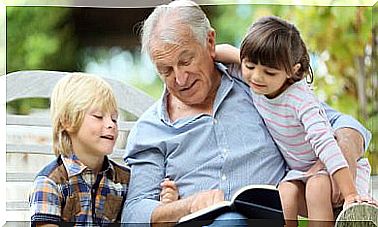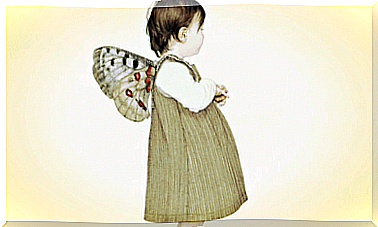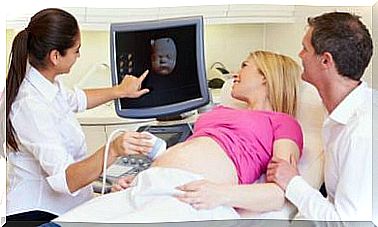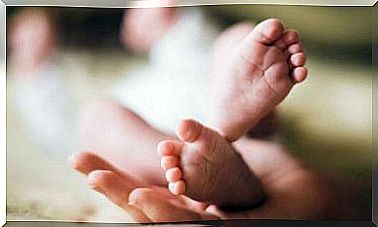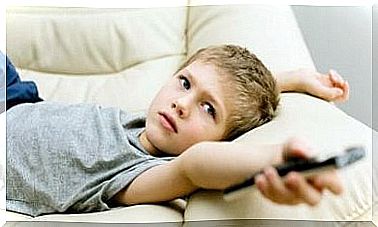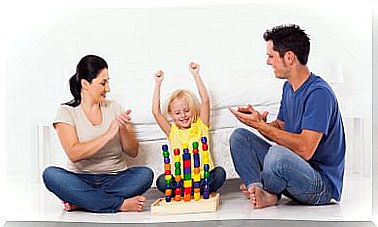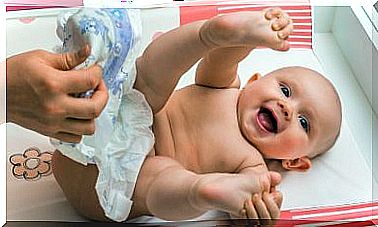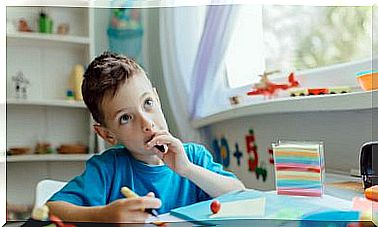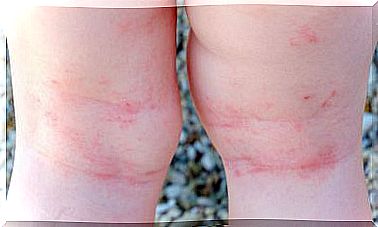The Four Pillars Of Education By Jacques Delors
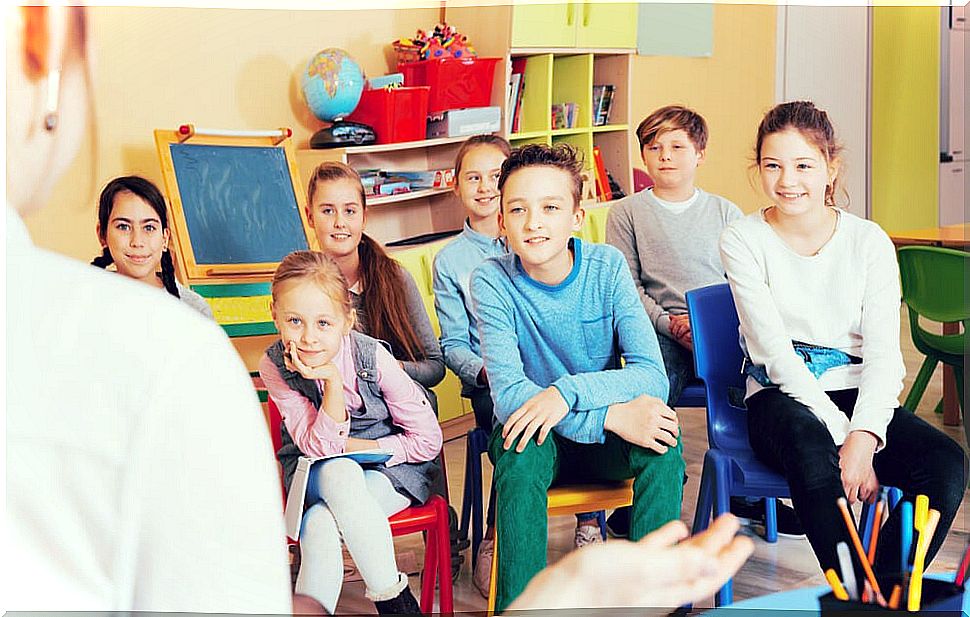
In 1996, UNESCO published Education contains a treasure , a widely popular document in the educational world, written by Jacques Delors from the International Commission, in which the four pillars of education are expressed : learning to know, learning to be, learn to live together and learn to do.
With the intention of facing the challenges of the 21st century, Delors understood that education had to take on new goals for the new millennium. In this way, it formulated its four pillars of education, which were born to respond to the new educational and social panorama that was settling in our societies.
The four pillars of education: what do they consist of?
Learn to know
Delors defines this learning as a means and purpose of human life insofar as the objective is not about the mere acquisition of knowledge, but, rather, the mastery of the instruments of knowledge themselves.
This type of learning is key for each boy and girl, since it aims for them to learn to understand the world around them in order to feel the pleasure of understanding, knowing and discovering.
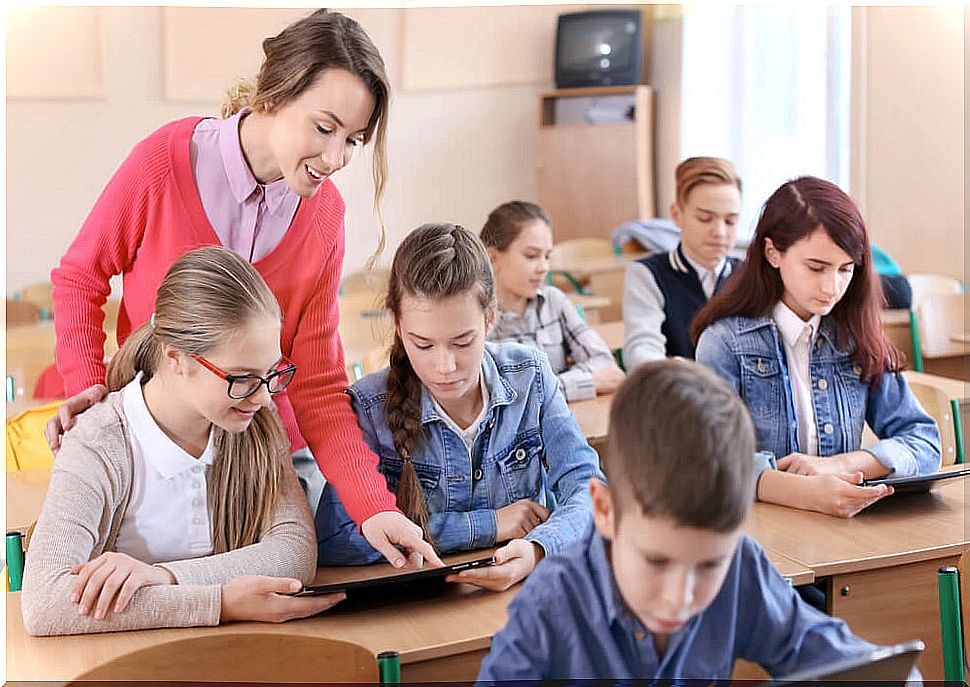
Learn to be
One of the fundamental principles established by the International Commission was that education should contribute to the overall development of each person.
For Delors, education has the imperative function of giving all human beings the freedom of thought, judgment, feeling and imagination that they need to fulfill their talents.
In this way, Delors reflects and says that, to achieve this, it is key to grant in educational spaces a space for imagination and creativity, necessary for the future changing world.
Learn to live together, learn to live with others
Learning to live together consolidates the foundations of educating children in coexistence as a necessity, especially in our current social context.
Efforts to revive and ultimately exalt the ideology of competitiveness at professional levels is also reaching our classrooms. This is deeply penetrating the way of communicating and relating to the little ones, as well as their way of conceiving the world.
For this reason, it is essential that our educational centers present a quality educational project of coexistence, based on the criterion of equality, that favors the discovery of the other and the participation of students in common projects.
Learning to do, the great challenge of the four pillars of education.
Finally, regarding learning to do, Delors points out this type of learning as necessary for action on what surrounds us. That is, the ability to influence one’s environment.
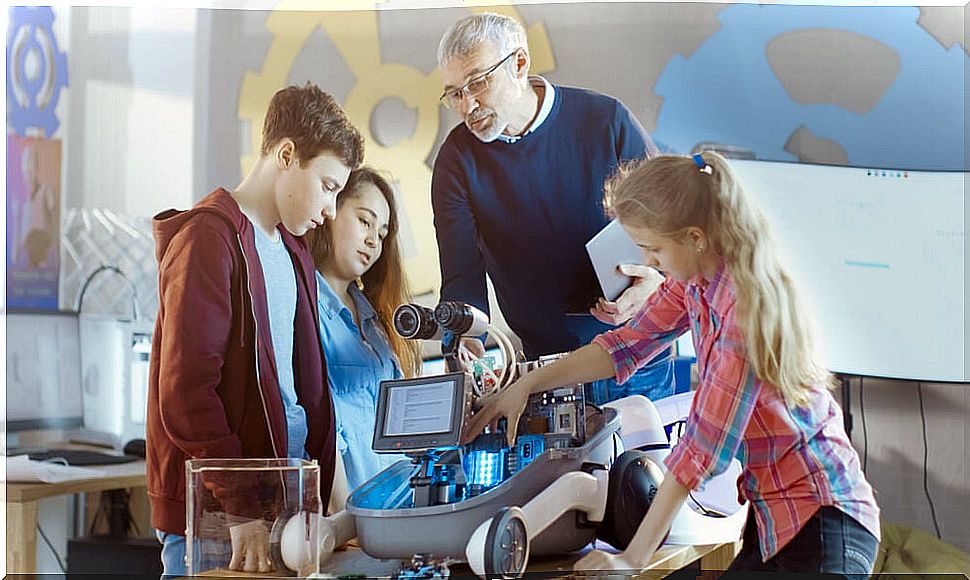
In addition, it makes explicit the direct relationship of this type of learning with the professional world, highlighting, in this way, the importance of the role of education in the development of communication skills and work with others, as well as knowing how to face and solve conflicts.
Have we met the expectations for the 21st century?
To be honest, there is still a long way to go when it comes to educating the youngest to learn to know in order to better understand our world, learn to do and learn to be in order to act and cope with it or know how to live with others.
However, the conception of education twenty years ago has changed in some essential aspects. For example, competency-based education assumes a new ideology and educational perspective that downplays the mere accumulation of knowledge, to focus attention on the importance of training our children and young people for their proper development and adaptation to society.


